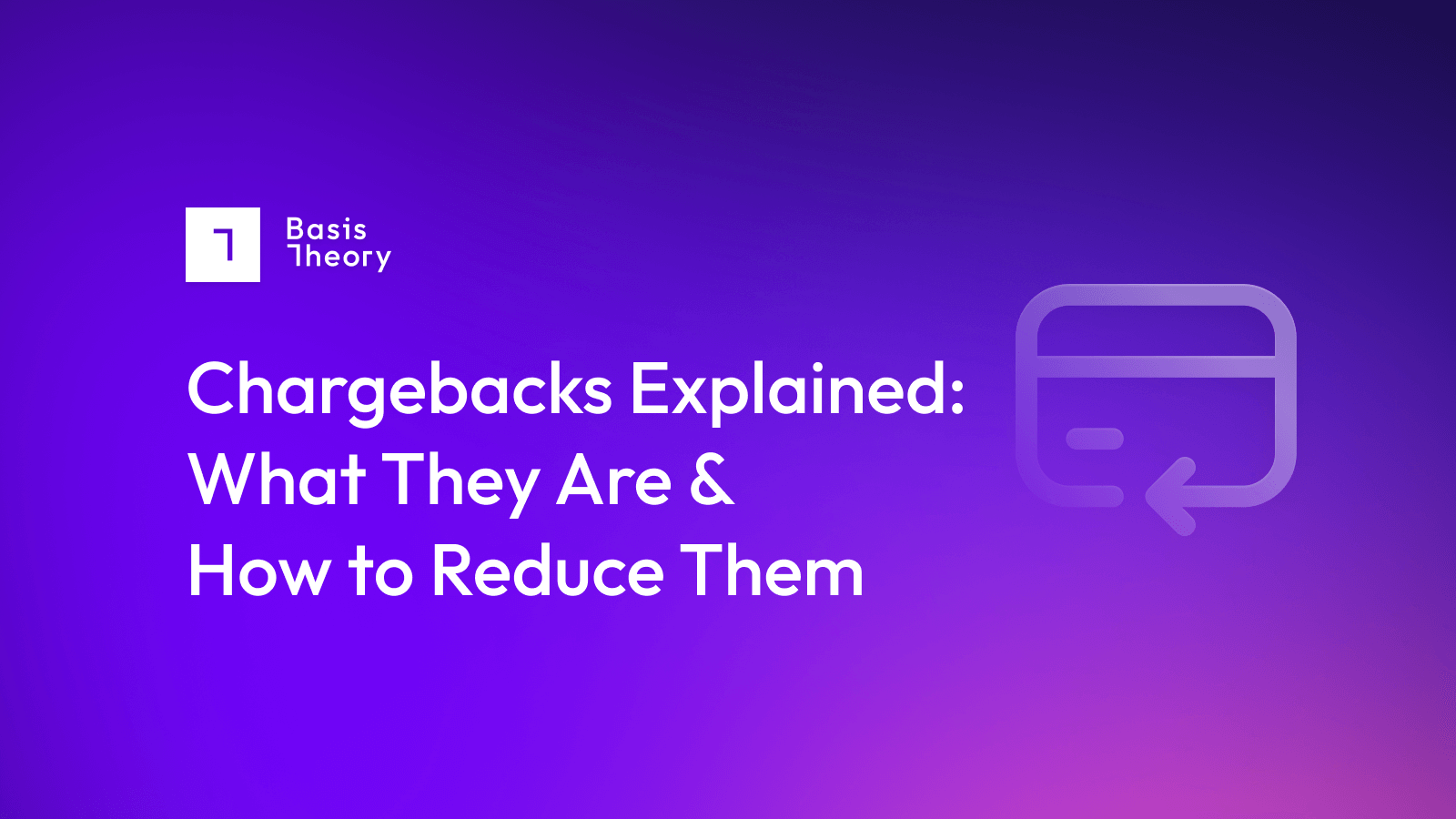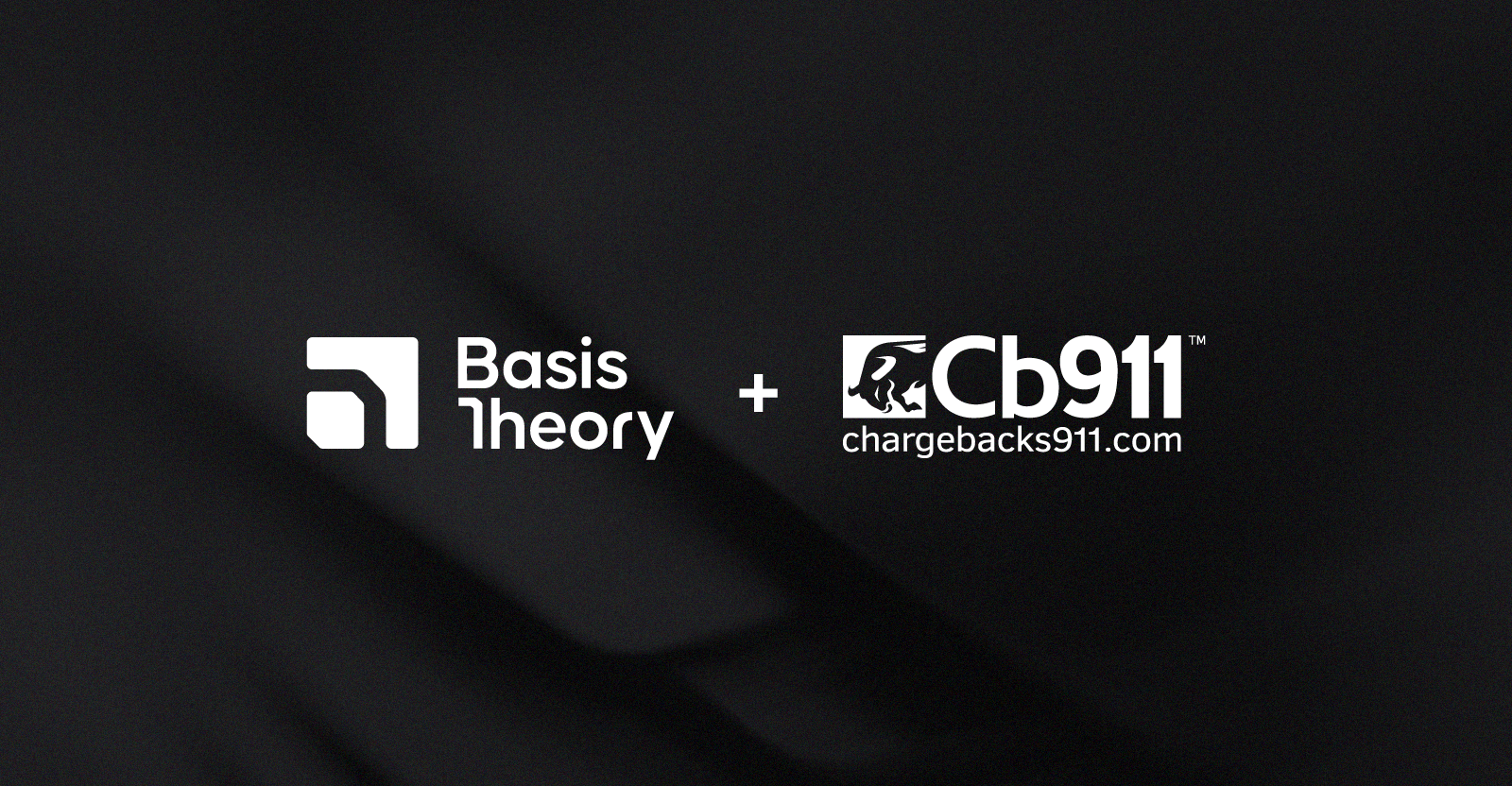The Plan for Merchants to Reduce Chargebacks

Chargebacks are the bane of every merchant’s existence: they not only take back revenue out of past transactions, they also damage margins, reduce inventory unnecessarily, and increase the risk of problems with payment service provider (PSP) partners.
Keeping the overall chargeback level below 1% is a fundamental goal of every merchant payments team, as that is the level at which serious negative consequences can kick in. As it turns out, limiting the business’ exposure to chargeback is as straightforward as it is often hard to execute.
What is a chargeback?
A chargeback occurs when a customer asks their credit card company to reverse a payment made on their account. There are, broadly speaking, three reasons why a consumer might make this request:
- Third-Party Fraud: The consumer realizes that their account has been hijacked, and, rather than trying to contact a merchant, or merchants, with whom their card has been used, they simply ask their credit card company to reverse all fraudulent transactions.
- Friendly Fraud: The consumer asks their credit card company to reverse a charge either because they are trying to get something for free, or because it just feels more straightforward than going through the merchant’s refund process.
- Merchant Error: The merchant either sells something that they don’t or can’t deliver; describes a product inaccurately, annoying the consumer; or makes the refund process so tricky that the consumer gives up and calls their credit card company to reverse the charge.
What are the consequences of chargebacks to a merchant?
Unsurprisingly, neither credit card companies nor the PSPs that act as the middleman between them and merchants are fond of chargebacks. There are always fees to be paid, as well as the loss of revenue and (potentially) inventory involved in an apparently completed transaction getting reversed.
As the number of chargebacks on a merchant’s account pile up, other more severe consequences become realistic.
The PSP may begin to hold some of the merchant’s revenue rather than paying it out to have a reserve fund on hand to complete chargebacks. Other PSPs may shut you down.
The card networks may place the merchant into their chargeback monitoring programs, which may bring additional fees and fines. And eventually, if the chargeback ratio exceeds 1%, the merchant may be removed from the PSP’s service and even from access to the card networks. It’s worth noting that the 1% ratio refers not to the value of deals reversed but literally to the number of sales—this can be meaningful for merchants with a high volume of lower-cost transactions. Especially those with complex purchasing processes: those, for instance, offering a free trial with automatic conversion to monthly subscriptions, are at particular risk for chargebacks from customers who may not have realized they had signed up for a recurring payment.
Having a Plan to Reduce Chargebacks
Most chargebacks are avoidable. Friendly fraud and merchant error chargebacks tend to stem from unclear communication and tricky refund processes. In contrast, third-party fraud chargebacks can sometimes be reduced by simply making it clear for customers who have been victims to reverse their charges through the merchant website.
Specific tips for reducing chargebacks include:
- Strong Verification Processes: Don’t be tempted into accepting transactions that aren’t properly verified: match addresses, require CVV codes, and only re-process soft declines when there is a low chance of fraud.
- Direct Communication: Ensure all transactions are clearly and directly communicated to the customer, including links to customer service contact information. Studies have shown that online services with easy-to-find and easy-to-follow return and refund processes process fewer refunds as well as suffering from lower chargeback rates.
- Ship then Charge: Ensure that credit cards are not charged until products have been shipped and/or services have been delivered. Consumers charged for products and services that are delayed are more inclined towards chargebacks.
- List Merchant Name: Ensure that all transactions show up on consumer bills with a clear indication of the merchant’s name. Merchants who use shortened or obfuscated names suffer from higher levels of chargebacks from customers who don’t recognize who has charged their account.
- Use Delivery Signatures: Where possible, and particularly for high-ticket products, require a signature for deliveries. This not only reduces chargebacks but also increases the chances that the chargeback can itself be reversed in collaboration with the PSP and card network.
- Be Clear About Subscriptions: Where subscriptions are offered with a trial period. It is critical to ensure that customers understand their commitments. If they are automatically converted from free trial to paid membership, this should be communicated, as unexpected subscriptions are a sure cause of significant chargeback activity.
- Follow the Rules: There are technical reasons why a charge can result in a chargeback, including not using the currency the customer thought they were being charged in (consider using geography-specific PSP partners). The more closely you stick to standard procedures, the fewer chargebacks you will see.
- Track Reason Codes: When chargebacks come through, they include reason codes, which merchants should carefully monitor to look for trends. For instance, if you see a slew of code 13.5, this means customers are citing merchant misrepresentation, which essentially means they did not understand what they were buying, so it’s time to update product and service descriptions.
Multi-Processor Operations Help with Chargebacks
While using a full-service PSP can seem like a low-administration, predictable cost option, it can actually represent a high risk both for chargebacks, and for the impact chargebacks bring.
Apart from anything else, the full-service PSP is guarding its own business, and ability to work with the card networks, so it may set the acceptable chargeback level well below 1% and start to retain reserves much earlier, not to mention canceling merchant accounts with little to no warning. Having transactions closed in customers’ preferred currencies and using their preferred payment methods also reduces the risk of their subsequently submitting a chargeback. This is not always easy to do, or sometimes even possible, with a single PSP partner.
With a group of PSP partners, merchants can:
- Charge customers in their preferred currency.
- Use the right PSP for the right products and services, for instance, sending deals for higher-risk items through PSPs that specialize in high-risk transactions and therefore have different verification and validation processes.
- Balance transactions so that no individual account reaches the 1% threshold and, indeed, steer transactions away from PSPs who start to impose penalties well before the 1% threshold is reached.
No merchant has ever successfully eliminated all chargebacks—they are a fact of life in a world where card-not-present transactions eliminate the opportunity to capture wet signatures. But by communicating clearly, delivering reliably, and balancing transaction flow across multiple PSPs, merchants can reduce chargebacks and avoid their unpleasant consequences.
Merchants looking to optimize their payment processes need to consider payment optimization first, followed by routing or payment orchestration.
.png?width=365&height=122&name=BTLogo%20(1).png)



